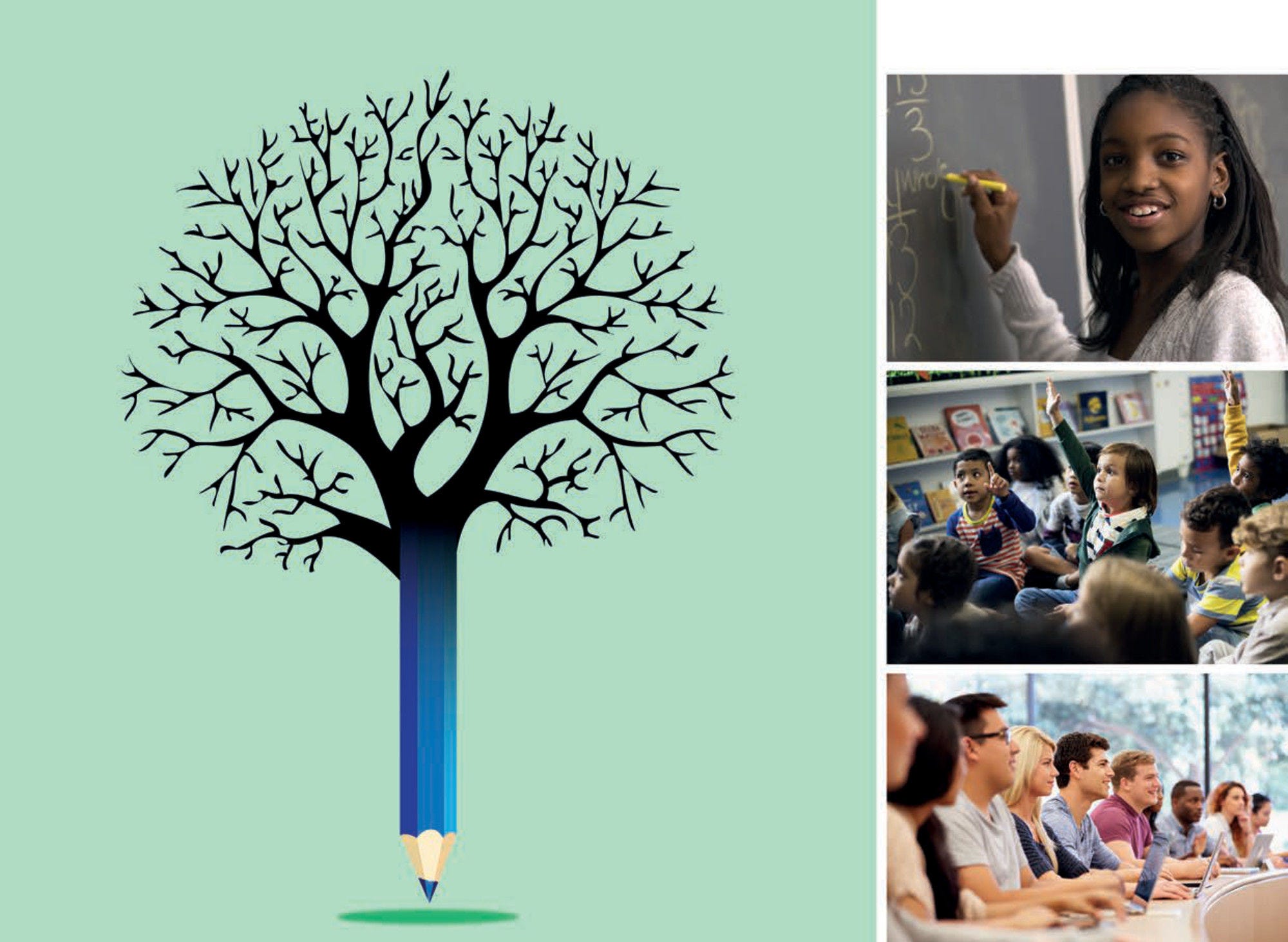Schools in Denmark have slightly more favourable disciplinary climates in science lessons compared to other OECD countries, according to students’ reports in the Programme for International Student Assessment (PISA) 2015, with an index of disciplinary climate of 0.03 (the OECD average index value was 0.00). Student truancy was also lower than the OECD average: 17% of 15-year-olds reported skipping at least one day of school in the two weeks before the PISA 2015 test, compared to the OECD average of 19.7%. Students in Denmark were also among those most likely to report that their science teachers adapt their instructions more frequently than the OECD average, with an index of adaptive instruction of 0.28 (the OECD average index value was 0.01) (OECD, 2016[1]).
The PISA 2015 index of instructional educational leadership (measuring the frequency with which principals report doing leadership activities specifically related to instruction) was lower than the OECD average at -0.15 (the OECD average was 0.01) (OECD, 2016[1]). However, according to school principals’ self-reports in PISA 2015, schools in Denmark have higher levels of autonomy over curriculum compared to the OECD average: 85.7% of principals reported that the school had primary autonomy over curriculum, compared to the OECD average of 73.4% (OECD, 2016[1]).
Lower secondary teachers in Denmark earned 83% of the average salary of a full-time, full-year worker with tertiary education in 2016, which was lower than the OECD average ratio of 91% (OECD, 2018[2]). According to the OECD Teaching and Learning International Survey (TALIS) 2018, 70.3% of teachers in Denmark said that if they could choose again, they would still become a teacher; close to the OECD average of 75.6% (OECD, 2019[3]).
According to school leaders’ reports in PISA 2015, school leaders in Denmark are less likely than average to conduct self-evaluations of their schools (84.2% of students were in schools whose principal reported this, compared to the OECD average of 93.2%) and are also less likely to undergo external evaluations of their schools (69.5% of students were in schools whose principal reported this, compared to the OECD average of 74.6%) (OECD, 2016[1]). However, teacher appraisal levels as reported in the earlier cycle of TALIS 2013, were close to average: 64.6% of all teachers had reported then having received a teacher appraisal in the previous 12 months, compared to the TALIS 2013 average of 66.1% (OECD, 2014[4]).
The share of students enrolled in secondary schools whose principal reported that standardised tests are used to make decisions on students’ promotion or retention was 14%, which was below the OECD average of 31%, as reported in PISA 2015 (OECD, 2016[1]).
In 2017, school autonomy levels over resource management (allocation and use of resources for teaching staff and principals) in Denmark were higher than the OECD average: 50% of decisions in Denmark were taken at the school level, compared to the OECD average of 29% (OECD, 2018[2]).
